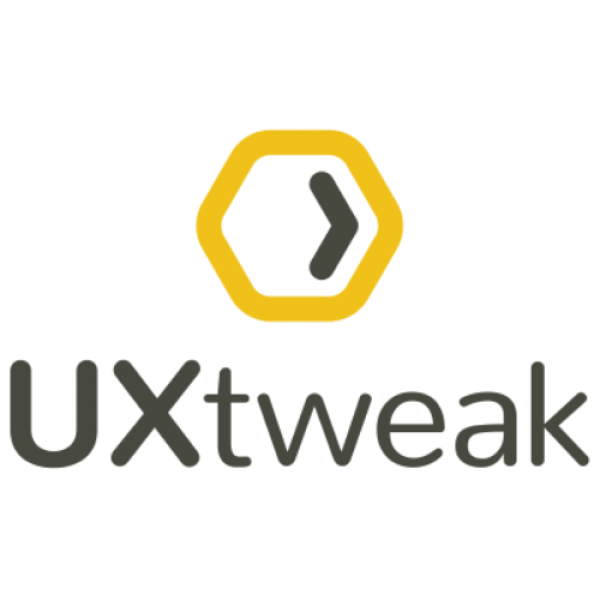5 Tips Businesses Can Use To Cut Energy Bills
Businesses that cut down their consumption of electricity enjoy two big benefits: They reduce their month-to-month expenses, and they reduce their environmental impact. Both individual and commercial customers put an increasing amount of weight on a business's environmental credentials when they make purchasing decisions. A company that can't demonstrate a commitment to environmental responsibility may find it hard to find clients and customers. If you're looking to cut your company's energy costs, these tips can help.
1) Switch Over To Energy Efficient Lighting
The traditional incandescent light bulb creates light by heating up a metal filament. Incandescent bulbs are on the verge of becoming obsolete today, and there is a range of more efficient replacements to consider. Compact fluorescent lamps, or CFLs, have emerged as the most popular alternative. These lights use significantly less energy and last longer before they require replacement. CFLs do cost more when initially purchased. The cost to operate them over their lifetimes, though, is much lower than incandescent bulbs.
Although CFLs are becoming extremely popular and easy to find, there is another, even more efficient alternative to consider: the LED lamp. LED lamps offer a number of significant benefits:
* Minimal energy consumption. It takes one to three watts to run a typical LED lamp.
This is dramatically lower than the power consumption of CFLs, incandescent or halogen lamps. A thorough switch to LEDs can produce energy savings of up to 94.5 percent.
* LEDs waste very little energy as radiant heat.
* LED lamps are more efficient at converting electrical energy into visible light. This is why they need less power to produce an equivalent amount of light when compared to other lighting options. Unlike many alternatives, LEDs waste no power producing ultraviolet or infrared light that falls outside the human visual spectrum.
* An LED lamp will last roughly 50,000 hours. This means that even with very heavy usage, an LED bulb will last about 12 years. The net result is both a very low cost for replacement bulbs and a reduction in the amount of labor required to maintain and change lamps.
* LEDs are free of toxic materials. This means that the manufacturing and disposal of LED lamps are more environmentally friendly than the processes required for other lamps. Fluorescent lamps, for instance, incorporate toxic mercury in their construction, which presents end-of-life disposal challenges. LED lamps, in contrast, are much easier to recycle.
In the modern world, businesses face increasing pressure to get their energy from sustainable sources and also to minimize their overall energy usage. The latter point is especially appealing to a business, as it translates directly into a reduction in operating costs. Switching to more energy-efficient lighting is an easy and highly affordable change for any business to make.
2) Promote Smarter Workforce Choices
Human decisions in the workplace make a surprisingly large contribution to a business's energy bill. Something as simple as choosing to turn computer monitors off at the end of the day can produce significant savings. You can reduce energy usage and make your business more efficient by simply promoting energy-efficient behavior among your employees. Other simple behavioral changes to promote include turning off lights in rooms that are not being used, unplugging device chargers that aren't currently connected, and using workplace kitchen appliances efficiently. (An example of this last point would be to boil no more water than is absolutely necessary for making hot drinks.)
3) Make The Most Of Natural Lighting
Open up your workplace's blinds and curtains and let in more natural light. Natural light is especially powerful in the summer months thanks to the season's longer days. When artificial lighting is absolutely required, try to use only as much as you need. If only a few workers are staying in an open plan space after dark, for example, instruct them to use their desk lamps rather than lighting the entire room. You can even automate this sort of energy efficiency by using timers and/or sensors to switch off lights that aren't needed. Yes, they may be needed in winter, but you can offset those costs by reading this piece on how to save on your energy bill for winter.
4) Print Less
Printing costs are often burdensome to smaller offices, especially those that rely on consumer equipment or low-end professional printers. Encourage your staff to print out documents only when absolutely necessary. Emails are particularly susceptible to needless printing; emphasize your preference for reading emails on screens rather than paper. Color printing is especially energy-intensive. Restrict your office's day-to-day printing to grayscale and only use color on jobs that require it, like proofing graphics.
5) Use Less Heat
Extensive research has shown that for every two degrees you reduce your thermostat setting in winter, your heating bill drops by roughly eight percent. Keep your office as cool as possible in winter; encourage employees to wear warm layers rather than cranking up the heat. Check your heating system for maximum efficiency and shut down heat to spaces that don't need it, like storage rooms. Have your heating system serviced regularly to keep it in good working order. A poorly-maintained heating plant is less efficient and costs more to operate.
0


